Researchers have identified a series of highly hetero-substituted benzenes within mushroom springtails, a species of soil-dwelling six-legged arthropods. The compounds appear to protect the miniscule creatures from ants and one of them represents the first fully hetero-substituted benzene to ever be found in nature.
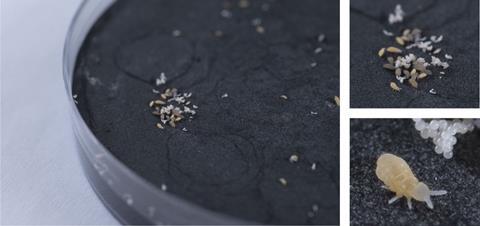
Having diverged from insects over 400 million years ago, springtails share many characteristics with them, including having six legs, segmented bodies and antennae. One key difference in springtails is their internal mouthparts. They are mainly found in soil and have a tail that helps them ‘spring’ away from predators.
Insects are well-studied, whereas ‘springtails are not animals that are talked about as they are so tiny, yet they are so ancient,’ notes Margareta Séquin, author of the book The Chemistry of Plants and Insects, who was not involved in the research. ‘I would say most researchers don’t think about them. Most people don’t think about them. Yet they are numerous, found in leaf litter and at high altitudes also, which is really incredible. And they have important functions in the decomposition of materials.’ Outside of this, little else is known about springtails because their tiny size makes it time-consuming and expensive to obtain sufficient biomass to study them.
Now, a research team led by Stefan Schulz, from the Technical University of Braunschweig in Germany, has used sequential solvent extraction to obtain sufficient material for analysis from 50 springtails. Séquin says she was amazed that the team managed to raise so many of them.
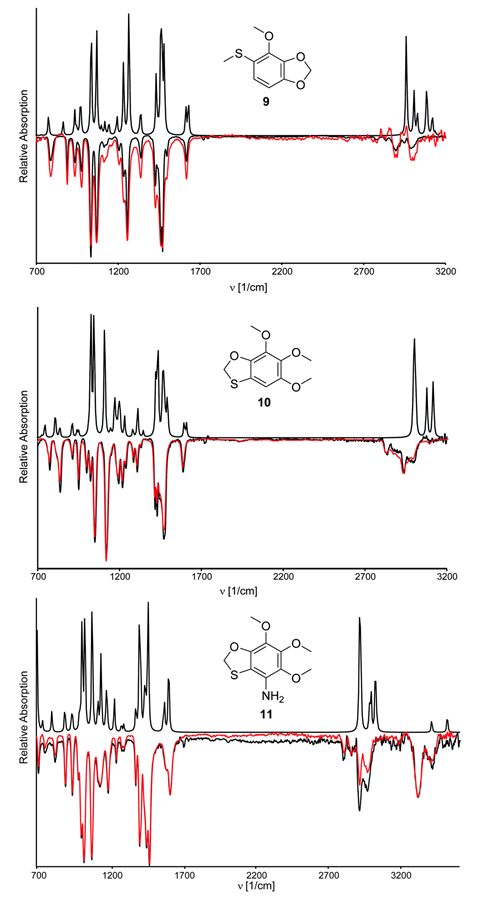
Schulz’s team analysed the extracts with gas chromatography–mass spectrometry, gas chromatography–high-resolution mass spectrometry and gas chromatography–infrared spectroscopy. They then used density functional theory calculations to select a set of likely chemical structures in the extracts.
‘The final proof comes from synthesis,’ explains Schulz. Total synthesis led the team to identify three notable compounds: 4-methoxy-5-(methylthio)benzo-1,3-dioxolane, 5,6,7-trimethoxybenzo-1,3-oxathiolane, 8-amino-5,6,7-trimethoxybenzo-1,3-oxathiolane. ‘These structures are relatively unusual because they have a benzene ring and a lot of hetero atoms, which are not, at least in this density … common in natural products,’ explains Schulz.
Schulz says they ‘assumed that these compounds we isolated [were] probably defensive compounds.’ They therefore performed a series of bioassays.
Test with a common predator – black garden ants – showed that two of the compounds served as chemical deterrents. But none of the compounds exhibited antibacterial or antifungal activity. The team attributed this to springtails and soil bacteria being almost symbiotic, so antibacterial properties would be a disadvantage.







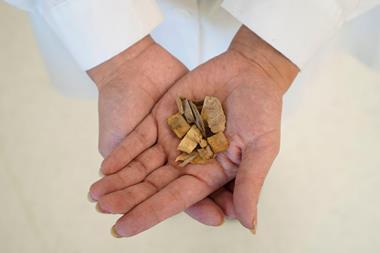

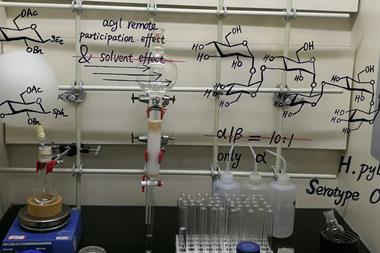
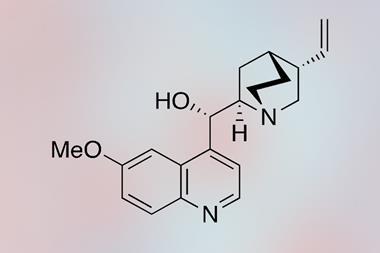
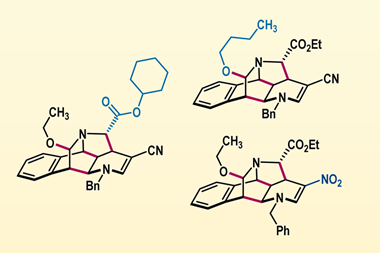




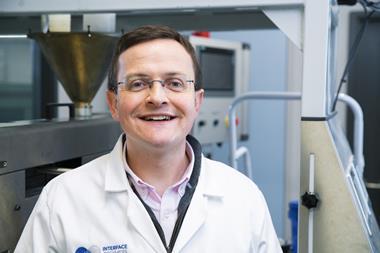
No comments yet